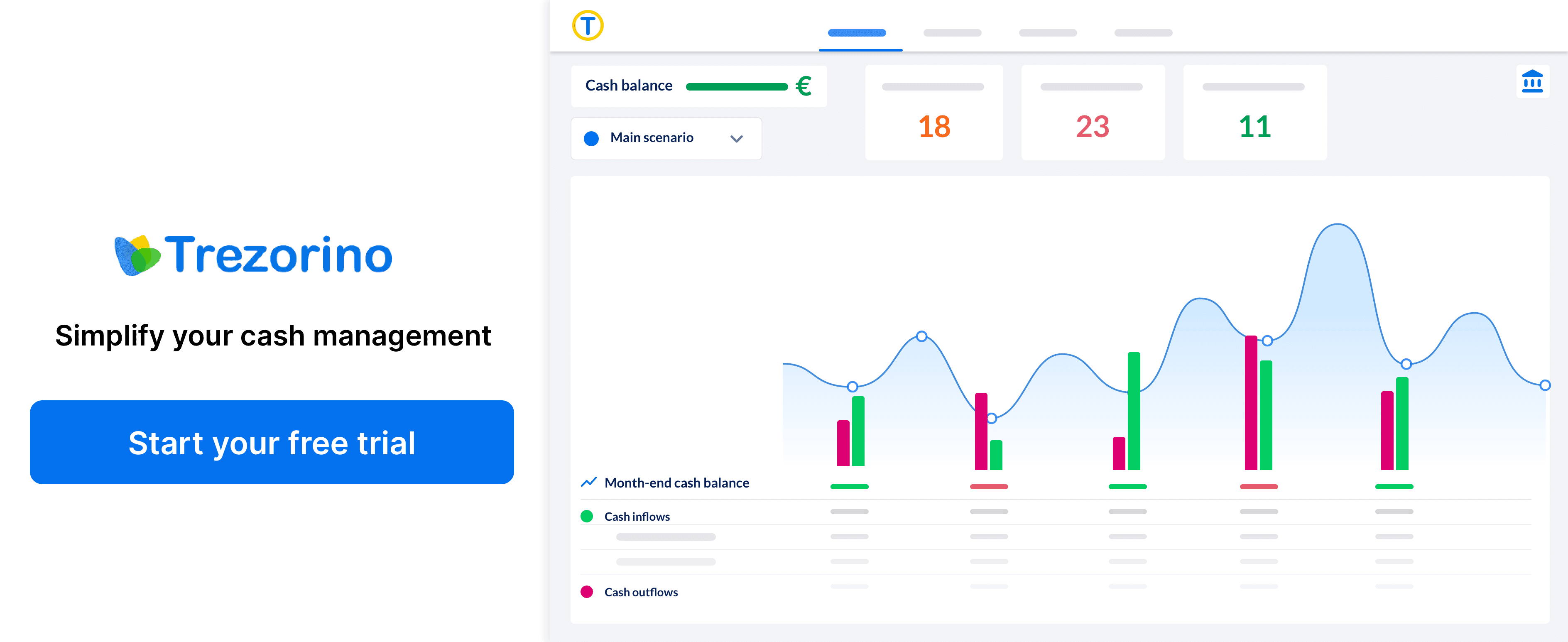5 Easy Steps on How to Create a Revenue stream


The revenue stream refers to the income generated by the sale of a good or service to the company's customers. Each revenue stream will contribute to diversifying the company's revenue sources and guaranteeing its sustainability. The revenue stream can be characterized by a customer segment, a positioning (luxury, mass market), the selling price, the type of goods sold, the invoicing method, etc. It is important for a company manager to distinguish between the different revenue streams that make up his turnover, as this allows him to monitor and analyze his revenues more closely. Each revenue stream generates cash and it is important for financial projection purposes to have a good understanding of the payment period, seasonality, recurrence and margin rate. This will facilitate the management of the company's cash flow by the company manager or the financial director.
Listed below is the step-by-step guide on how to choose the right type of revenue stream.
1. Know your target market
2. Study your product
3. Know your competitors
4. Know your value
5. Consider having multiple revenue streams
1. Know your target market.
Every company must start by identifying its target market. Knowing which customers are looking for the type of goods or services offered by the company allows the company to establish a strategy that is in line with their needs and to retain them. By mastering the target market, the strategy of acquiring new customers is less costly and more effective.
2. Study your product.
Gathering customer feedback on your products allows you to identify areas for improvement as well as strengths. Examine your products impartially from the customer's point of view to identify potential problems that may arise when using or consuming the products. Understanding the product will give the business owner the opportunity to develop a strategic plan that will allow him or her to adopt the same perspective as the consumer.
3. Know your competitors.
Competition helps accelerate innovation and improve product quality and services over time. Knowing who the competition is allows the business owner to define a marketing strategy to position their products differently and invest in innovation to meet future challenges.
4. Know your value.
Every business owner needs to know the value proposition of their company. The value proposition is the promise made to the customer, it resides in the products or services that bring benefits and advantages to the customers and solve the problems encountered by the customers. The value promise is more than a marketing slogan, it represents the identity and the raison d'être of the company.
5. Consider having multiple revenue streams.
A company must develop several revenue streams in order not to depend on a single source of income, to develop its turnover and to better resist if the economic context becomes unfavorable.
What are the different types of revenue streams?
Revenue streams are categorized into two main types; operating revenue and non-operating revenue. Operating revenue is the total cash inflow from the primary income-generating activity of a business. Under operating revenue, there are four subtypes, which are Transaction-based revenue, usage fee or service revenue, project revenue, and recurring revenue. Transaction-based revenue is the revenue generated from the sale of goods. For each good sold, the customer makes a single payment (transaction). Whereas, service revenues are the revenues that a company generates by providing a service, its price is calculated based on time. Project revenues, on the other hand, are revenues from customer projects that are completed on time. Finally, recurring revenues are revenues in the form of customer subscriptions, in exchange for a regular service. This allows the company to receive regular and more predictable revenues. Non-operating revenue, on the other hand, is any profit or loss generated by activities outside the core operating activities of a business. Under the non-operating revenue are the interest revenue, dividend revenue, and rent revenue. Interest revenue is the earnings that an entity receives from any investments it makes or on the debt it owns. Whereas dividend, revenue is the distribution of a company’s taxable income to its investors. Lastly, rent revenue is earned through leasing real estate or another type of asset for a period of time.
Is it easy to create revenue streams?
Yes, it is quite easy to create a new revenue stream. However, a study phase is necessary before creating a new revenue stream. Think about the complementary products or services that you can offer to your customers in addition to your existing offer. Analyze the different sales channels, especially online sales, which can be a good way to increase your revenues. Regularly study the evolution of your market to identify a new customer segment to which you could offer a new product or service.
Is having multiple revenue streams easy to manage?
Yes, it is easy to manage multiple revenue streams. As a business owner, you can't control all of your company's revenue streams alone. It is therefore crucial to delegate the management of each revenue stream to a manager. Each manager will be responsible for managing and ensuring the profitability of his or her revenue stream. To easily manage your revenue streams, it is also necessary to equip yourself with cash management software to visualize and analyze each cash flow in real time. Cash flow applications also make it easier to make financial forecasts by revenue stream, all in an automated manner.
Are different revenue streams considered as cash flow investing activities?
No, revenue streams are not considered to be cash flow investing activities. The revenue stream is considered to be the income obtained by the company through its commercial transactions (operating activities). On the other hand, investing activities are expenditures made by the company to improve its productivity. The cash flow from operating activities does not include capital expenditures and is therefore limited to operating activities (cash in & cash out) and the net cash acquired from the operation.
